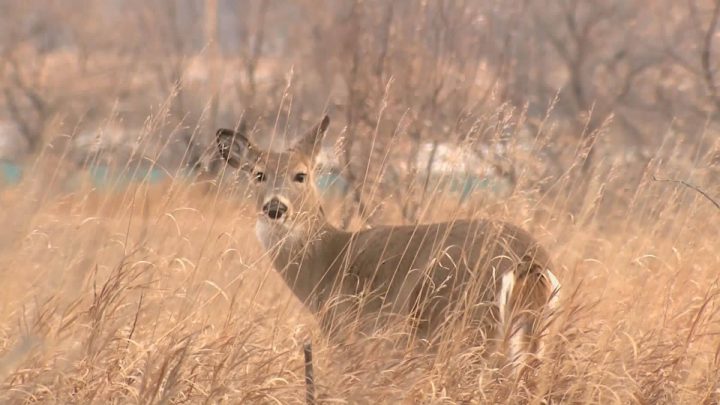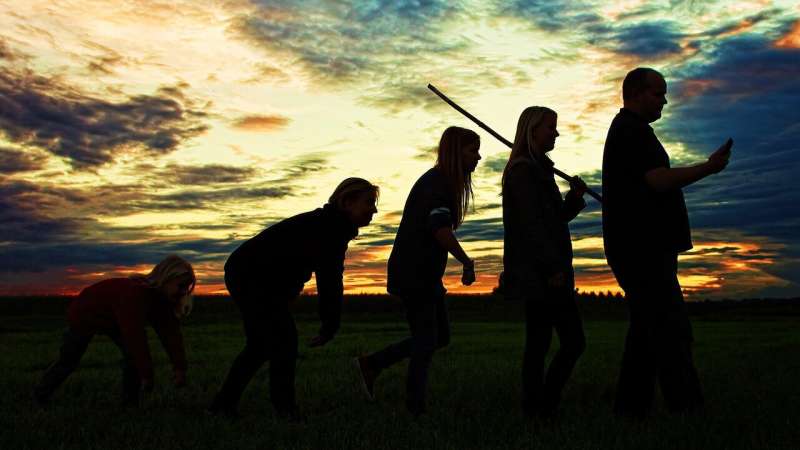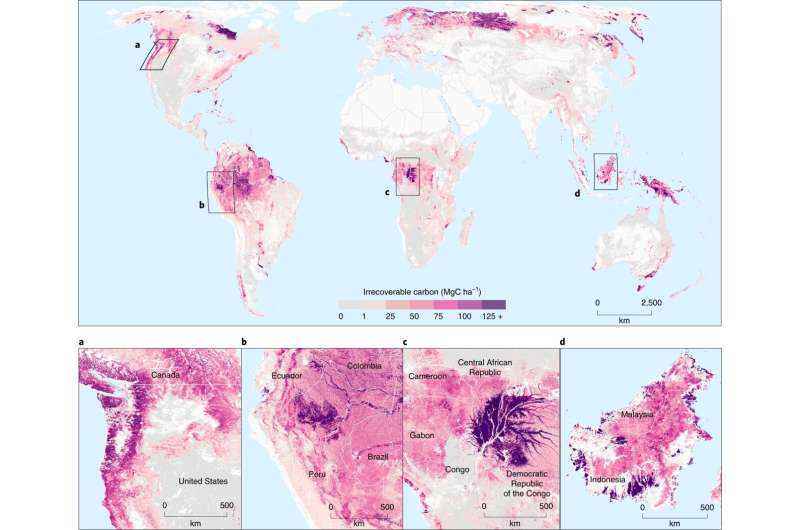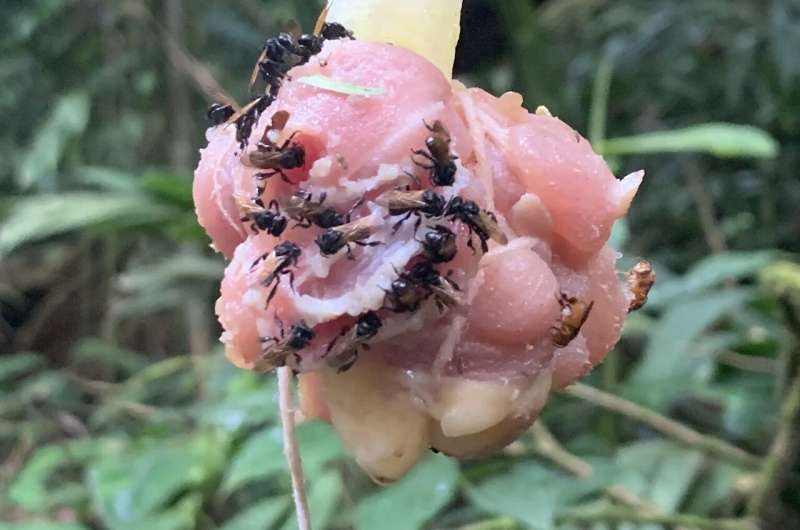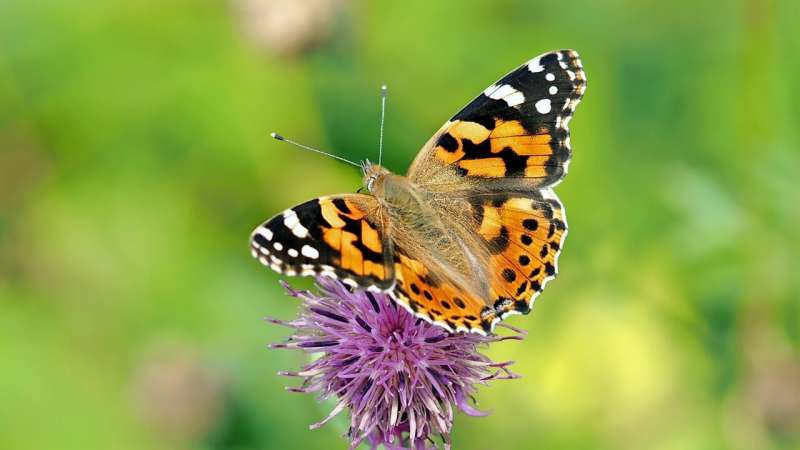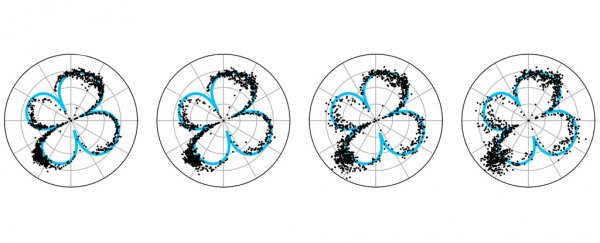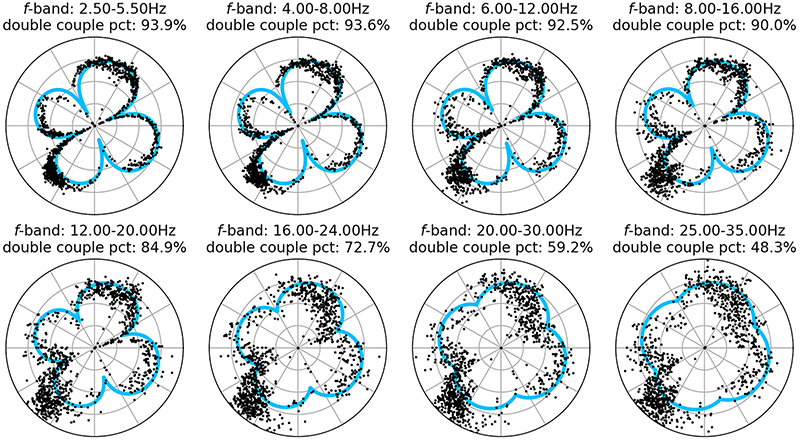British Columbia
Wet'suwet'en pipeline opposition leader released with conditions
Sleydo' Molly Wickham must stay 75m away from Coastal GasLink worksites and equipment
A key leader in the fight against the Coastal GasLink pipeline in northwestern B.C. has been released from jail with the condition she not interfere with construction of the project.
Sleydo', also known as Molly Wickham, is free to return to her home territory in northwestern B.C. and engage in fishing, hunting, trapping and cultural practices, so long as she stays 75 meters away from Coastal GasLink worksites and equipment.
It is a stronger condition than that given to other Wet'suwet'en members who were released on the condition they stay at least 10 meters away from worksites and equipment.
Lawyers for Coastal GasLink argued Sleydo' should not be allowed into a court-ordered exclusion zone of the pipeline at all, contending that she has continuously stated her intention to take steps to stop construction and encouraged others to do the same.
Justice Marguerite Church of the Supreme Court of B.C. said such a broad ruling would interfere with the rights of Sleydo' to practice her culture as a Wet'suwet'en woman, and felt the 75 meter limitation was an acceptable compromise. However, she warned that if Sleydo' violated the conditions of her release she may face a more stringent order in the future.
Multiple arrests
Sleydo' is one of the main spokespeople for the Gidim'ten clan of the Wet'suwet'en who on Nov. 14 issued notice they would be setting up a blockade to enforce the eviction of Coastal GasLink workers from its territory.
On Friday, Nov. 18, RCMP arrived in the region to take part in what they called a "rescue mission" of more than 500 workers who the company said were unable to get food, water or supplies because of the blockade.
After clearing the blockade, RCMP continued enforcement for a second day, which included the arrest of Sleydo' and fourteen others, including two journalists.
While some of those arrested Nov. 17 were released in Houston, the rest were transferred to Prince George where they were held over the weekend before two days of court hearings started Monday.
Conditions differ for Wet'suwet'en and non-Wet'suwet'en
The conditions for release varied depending on the identity of the person. While Wet'suwet'en members were told they could return to the exclusion zone to engage in cultural practices, non-Wet'suwet'en members are not allowed to return at all except in cases where they have to pick up belongings or travel home or — in the case of the journalists — for legitimate work purposes.
Among those not allowed to travel to the exclusion zone is a Mohawk man who was identified as being culturally Wet'suwet'en by virtue of being engaged to a member of the nation and been welcomed by chiefs.
Hereditary chief Woos of the Cas Yikh (Grizzly Bear House) of the Gidim'ten clan said the courts have no authority over who is and isn't a member of the Wet'suwet'en or who is allowed on their land.
"It's our land. It's Cas Yikh territory," he said. "It's a great insult."
Shay Lynn Sampson, a member of the neighbouring Gitxsan Nation who was released Monday called the conditions "racist".
"We go to our land for many different reasons," she said. "The court has no business deciding what is traditional cultural practices and what is not."
Speaking Tuesday evening after her release, Sleydo' said the courts have done an inadequate job of recognizing Indigenous sovereignty.
"This injunction doesn't take into account Wet'suwet'en law," she said. "I can't go freely on my territory ... we're going to challenge it to the full effect that we can."
Everyone released is expected back in court the week of Feb. 14 for the next portion of their hearings.
With files from Lenard Monkman
Kendra Mangione
CTVNewsVancouver.ca
Updated Nov. 22, 2021
VANCOUVER -
Two journalists have been been released three days after their arrest while covering an ongoing B.C. pipeline dispute that has drawn the attention of Hollywood actor Leonardo DiCaprio.
The journalists were arrested while covering the RCMP's enforcement of an injunction against protesters in northern B.C.
They were released by a B.C. Supreme Court judge Monday on the condition that they appear in court again in February. They must also comply with the same terms protesters are bound by, outlined in an injunction granted to Coastal GasLink by the same judge nearly two years ago.
Mounties said Friday that two people were arrested at the site for refusing to leave what they called in a statement "building-like structures," and that those people "later identified themselves as independent journalists."
Addressing the arrests in a statement Monday, B.C. RCMP Assistant Commissioner Eric Stubbs wrote that police understand the "important constitutional role" of the media, and that the RCMP's relationship with journalists is "based on mutual respect and professionalism."
He said that the two individuals who were arrested were not detained for performing their jobs, nor were they denied access to the area or told to stay in a specific place during enforcement efforts.
Stubbs said they were among a group of 11 who were told they were breaching the injunction, and did not identify themselves as journalists during a 60-minute period during which the injunction was read and protesters were given the opportunity to leave.
He said they only identified themselves when the arrests began, and that at that point they were held in custody until they could appear before a judge, as per the injunction order.
They were among 20 people who appeared before the Prince George court Monday.
Stubb said the RCMP's expectation is that members of the media identify themselves as soon as possible, and outlined the protocol in those cases, including that journalists' presence must not be interfering with those seeking to enforce the law, or take actions that could be considered aiding or abetting protesters.
B.C. Public Safety Minister Mike Farnworth said a free press is critical to democracy and he hoped the situation would not escalate.
The province has been doing “a significant amount of work over the last number of months to try and de-escalate tensions in the area,” he told a news conference.
The arrests were made in an area not far from a drilling site for an under-construction natural gas pipeline, and came at the same time as the arrests of several members of the Gidimt'en clan.
On Monday, actor DiCaprio shared a post from the clan on Twitter, expressing his support for pipeline opponents.
"After setting up a blockade to protect their land, community, and sacred headwaters Wedzin Kwa from Coastal GasLink’s planned fracked gas pipeline, the Wet’suwet’en Nation has faced militarized raids from the RCMP. We must protect the rights of land defenders," he wrote.
The clan is one of five in the Wet'suwet'en Nation. Members had set up blockades along a forest service road earlier this month. The road was cleared on Thursday, according to the RCMP.
Opposition among Wet'suwet'en hereditary chiefs to the 670-kilometre pipeline route sparked rallies and rail blockades across Canada early last year, while the elected council of the Wet'suwet'en First Nation and others in the area have agreed to the project.
With files from The Canadian Press
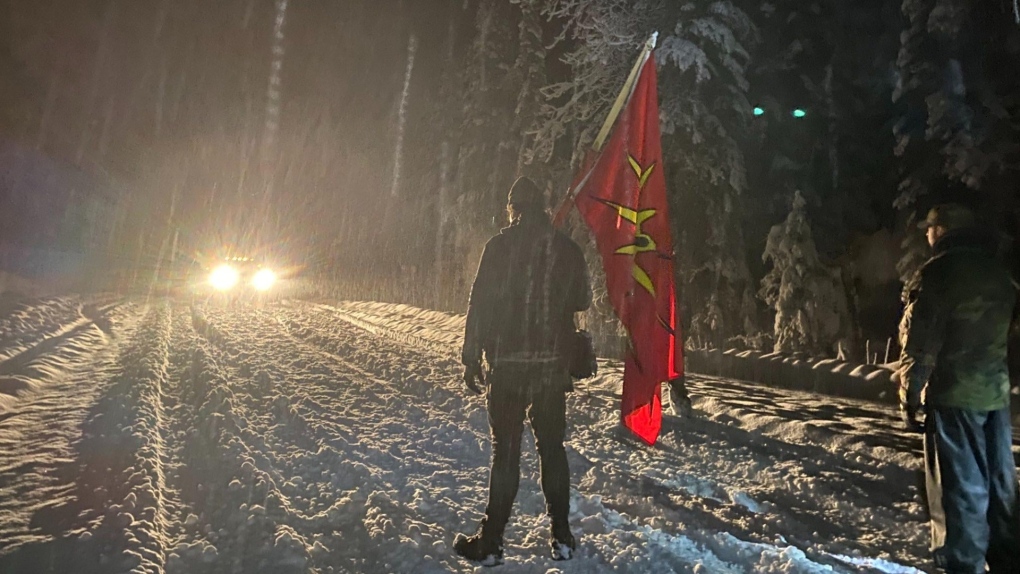
Photo posted by Gidimt'en Checkpoint on Facebook on Nov. 14, 2021.
Tensions building in Wet'suwet'en territory as B.C. pipeline conflict continues
Coastal GasLink, elected Wet'suwet'en council call for resolution to conflict
Discussions to resolve B.C. LNG pipeline blockade have reached a pivotal point: Miller







